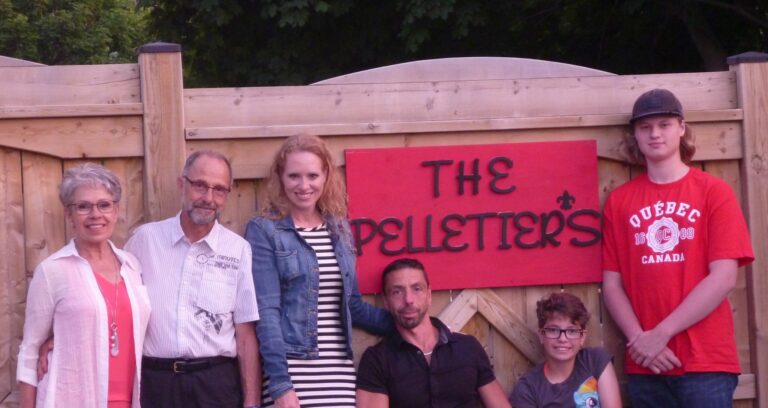 Have you ever heard of Diane Nash? Likely not. Here’s all you need to know about this remarkable woman: By the age of 23, Nash had been jailed dozens of time for boarding segregated buses and ordering meals at segregated lunch counters. While Nash was never an “above the fold” celebrity in the New York Times like her male contemporaries, Nash’s leadership during the US Civil Rights Movement was indispensable. There’s a reason the Kennedy brothers invited Diane Nash to the White House in 1963. John and Bobby recognized that Nash was calling and equipping a generation of young African-Americans to stand up and be heard. Nash was leading the movement by inviting young people to join her in the movement’s trenches.
Have you ever heard of Diane Nash? Likely not. Here’s all you need to know about this remarkable woman: By the age of 23, Nash had been jailed dozens of time for boarding segregated buses and ordering meals at segregated lunch counters. While Nash was never an “above the fold” celebrity in the New York Times like her male contemporaries, Nash’s leadership during the US Civil Rights Movement was indispensable. There’s a reason the Kennedy brothers invited Diane Nash to the White House in 1963. John and Bobby recognized that Nash was calling and equipping a generation of young African-Americans to stand up and be heard. Nash was leading the movement by inviting young people to join her in the movement’s trenches.
People often ask me, “What makes a great leader?” Is greatness attached to notable feats of corporate growth or crisis management? Is greatness measured by bravery; are the great leaders those who defy the odds, take great risks, or galvanize the people around a cause? Maybe great leadership is a pedigreed trait, passed down through the generations by some serendipitous tangle of DNA, or access to the best opportunities, training, education, and the like. My take? Great leadership is cultivated; it is honed by those willing to look in the mirror and take on some intentional practices that enhance one’s natural ability.
 The Mirror
The Mirror
Great leaders tend to know the reflection in the mirror, excelling at the art of personal reflection. A leader must have a thorough understanding of her gifts and liabilities, and lead from a position of strength that deploys the gifts. Consider, for example, the leader who is gifted with great oration skills but a limited ability to think “strategically.” An insightful move for this type of leader has her surrounded by lieutenants who can craft a strategic vision for the organization or company, while the “leader” rallies the troops through compelling conversations, speeches, and other modes of communication.
Leaders also “own” the mistakes. This ownership includes both personal and corporate dimensions. When the team fails, or the cause is faltering, a great leader takes personal responsibility for the trouble and works toward a solution. A great leader will make the tough decisions and will do the right thing, despite the challenges and barriers ahead.
Coaching
Leaders coach their teams. Coaching implies that the leader has taken steps to ensure that everyone who’s not already a stakeholder in the organization’s strategic vision becomes one. Remember Diane Nash? Nash was passionate about the Civil Rights Movement and was successful in conveying that compassion to others. Similarly, if a corporate or organizational professional is passionate about the business, its products and services, and the organizational purpose and culture, she is already imagining ways to convey the passion to others on her team. The playbook taught by the coach may include vision and mission statements, goals, objectives, etc. In my own professional experience, I refuse to align myself to causes and organizations that do not stir my passion. If I cannot get excited about what I am doing, how am I going to convince others to be inspired?
Scientist
Great leaders have some scientist in their leadership DNA, that is, a willingness to lean toward innovation. As the leading edge for an organization or a cause, the effective leader must have the courage to experiment, learn from failure, and encourage the team to have the same entrepreneurial spirit. Coupled with the coaching facet of leadership, the great leader can get folks on board the innovation train before it leaves the station. The great leader provides plenty of space for team members to put on their lab coats to dream the next big ideas that will move the organization forward.
 Servant Leadership
Servant Leadership
Great leaders are servant leaders, and servant leaders achieve greatness by putting the team before the individual. As I’ve said in other settings, trust and inspiration are the calling cards of servant leadership. If the leader is unwilling to be vulnerable or to hop in the trenches with the team from time to time, there is no groundwork for trust. If trust is not established, the leader cannot marshal a community to adopt a plan of action. Is Diane Nash relevant to her audience if she hasn’t already been arrested on multiple occasions for nonviolent resistance? No. But when Nash tells young adults, “I’ve been on the buses and sat at the lunch counters,” she inspires them to do likewise because her personal experience is authentic. In my own contexts, I am willing to “jump first” before I ask my employees to take the plunge.
Where the Rubber Meets the Road
When Diane Nash stepped into the movement, she knew that personal freedom and human dignity were at stake. She was personally committed and passionate as she made bold moves and lead from the front. Great leaders emerge amid the dynamic and ever-changing landscape of business, politics, social movements, interpersonal relationships, and community life. As you look in the mirror and examine ways to grow as an effective leader, ensure you follow your passion, with integrity – lead from the front with vulnerability and accountability, stand firmly beside the other leaders you are cultivating. Don’t be afraid to be bold, to innovate in your shared journey for professional and personal purpose.



